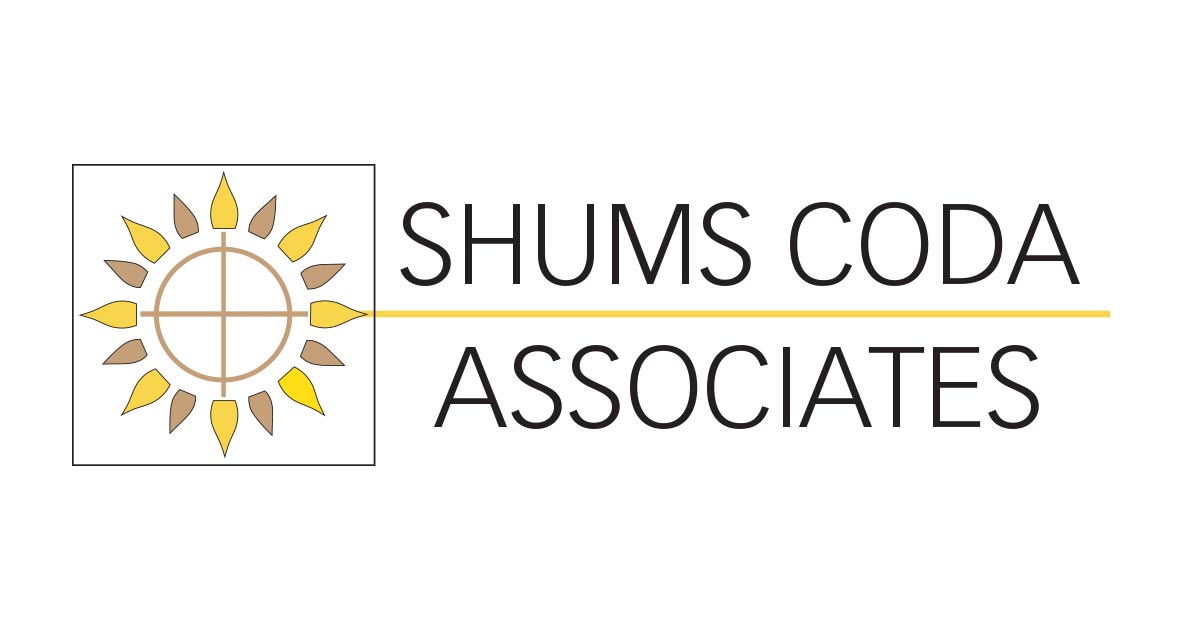MindBodySOLL
REGISTERED
I work in the commercial indoor gardening industry, and am building out a facility. We are classified as F-1 Occupancy.
Our plants sit on tables that roll side to side, to create aisle width for when people need to access the plants. Our plan was to use benches that roll wall to wall, which would allow up to a 4' walkway, but I found that specific design does not work in the lengths we were needing them, because the wheels will lock up. The other style of benches that will work only allow up to a 24" clearance between tables. I understand this is not up to ADA standards, let alone fire code.
My main question is if there is anyway we can deem that space 'non-occupiable' or something, as it's only used once every couple months, and losing that bench space to make wide aisles is an extremely costly sacrifice. Or perhaps restricted access, or something of the sort.
Also, should I be focusing on IBC or IFC? Both? Any help is appreciated, thank you!
Our plants sit on tables that roll side to side, to create aisle width for when people need to access the plants. Our plan was to use benches that roll wall to wall, which would allow up to a 4' walkway, but I found that specific design does not work in the lengths we were needing them, because the wheels will lock up. The other style of benches that will work only allow up to a 24" clearance between tables. I understand this is not up to ADA standards, let alone fire code.
My main question is if there is anyway we can deem that space 'non-occupiable' or something, as it's only used once every couple months, and losing that bench space to make wide aisles is an extremely costly sacrifice. Or perhaps restricted access, or something of the sort.
Also, should I be focusing on IBC or IFC? Both? Any help is appreciated, thank you!


